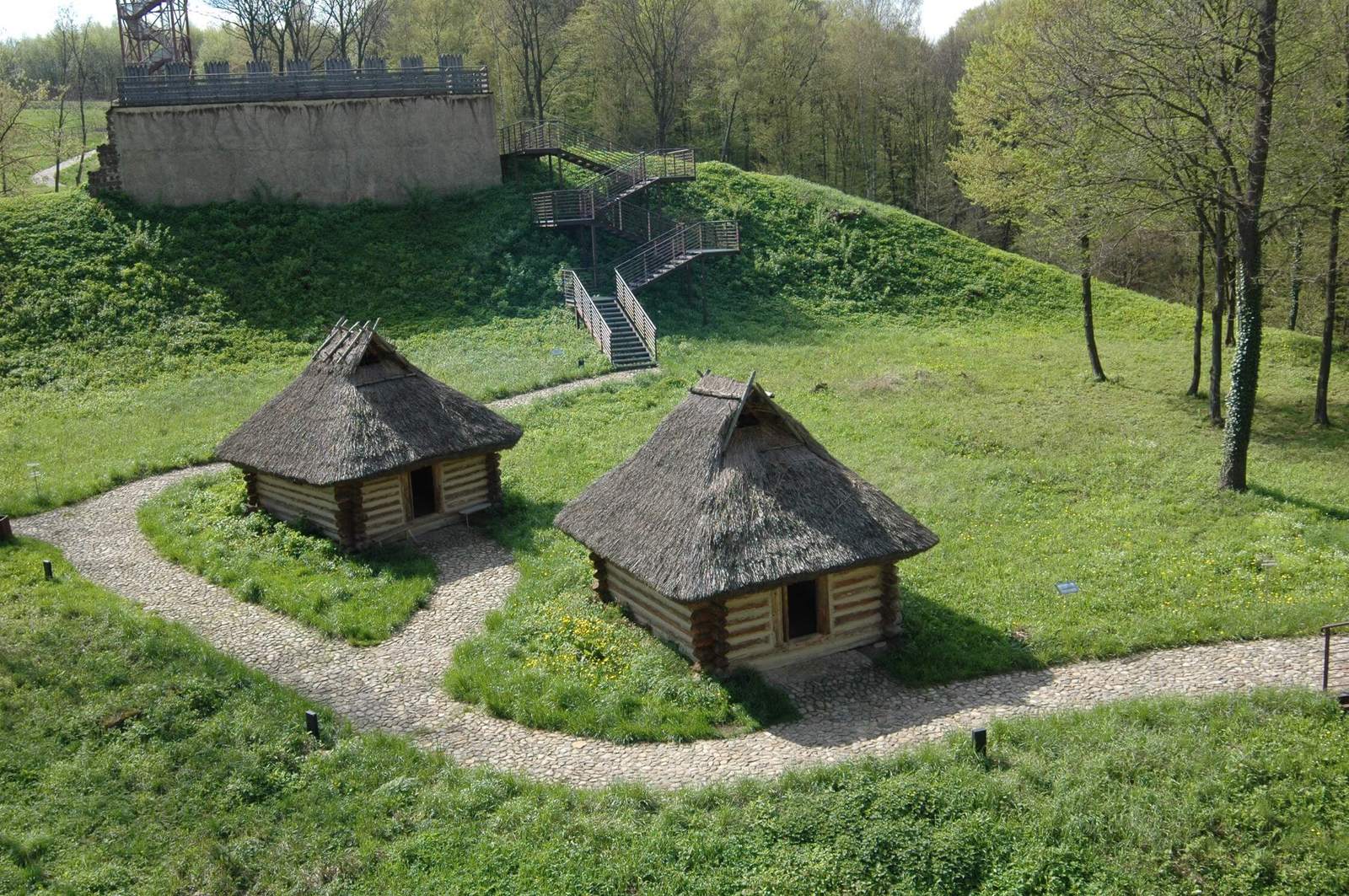
Set on 8 hectares, the main part of the public complex is the archaeological park, which includes reconstructions of a Otomani village from 3500 years ago, and a fortified Slavic settlement from the 9th century - 200m of defensive walls, 2 fortified gates and 18 huts in total. There is also a modern exhibition pavilion full of artefacts and displays explaining the history and significance of the site (including an excellent film); a barn and stables with animals that were bred domestically in this area centuries ago, namely Hungarian long-haired grey cattle, Polish horses, Wrzosówka sheep and Carpathian goats; agricultural plots growing cereals and grains; and a 40m observation tower offering fantastic panoramic views and a better perspective on the scope of the site.
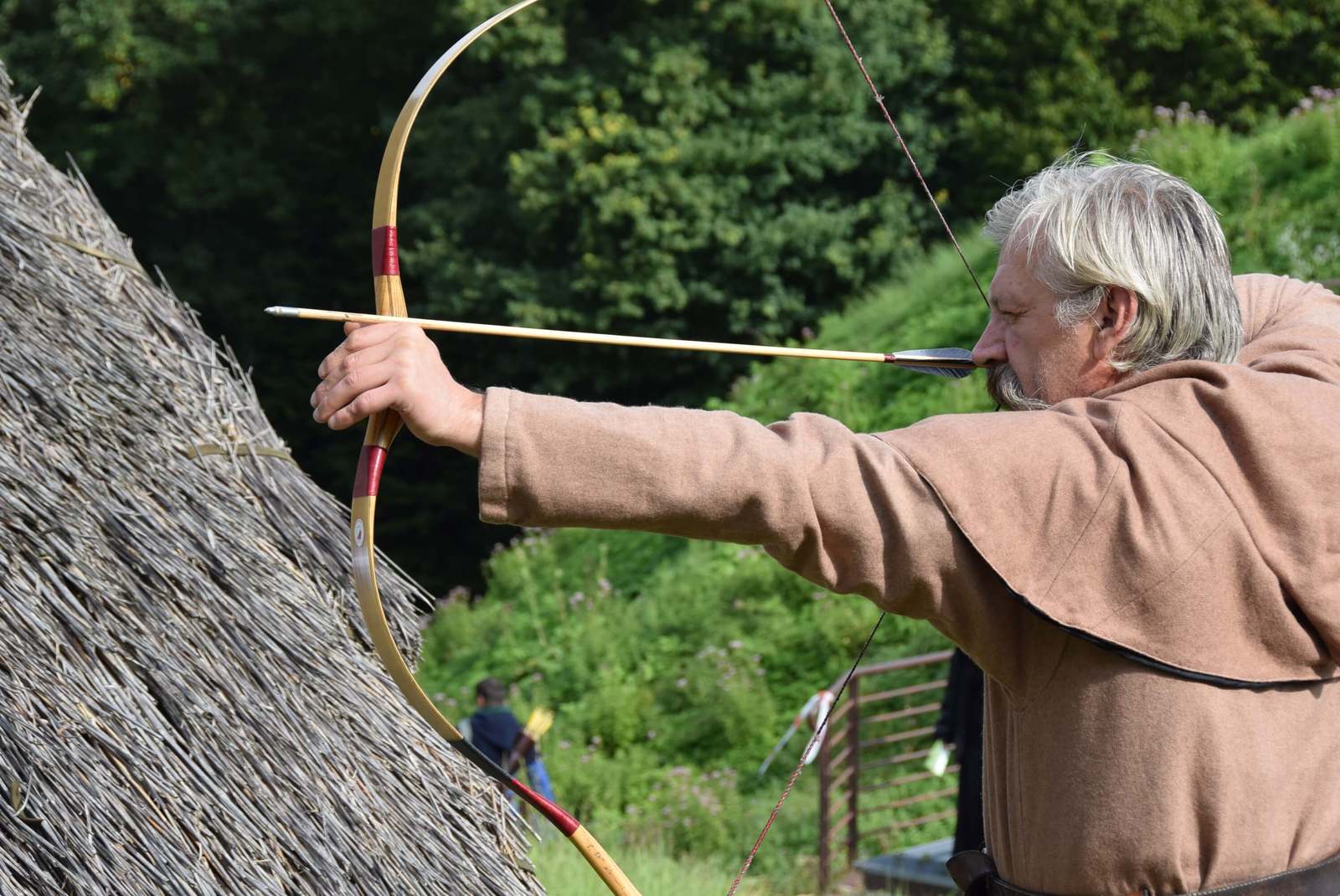
The park hosts many special events throughout the year, and certainly the best time to go is when the site is full of tents and re-enactors. Workshops are also offered throughout the year and in the summer season there's also a restaurant operating on-site. All told, it's one of the area's best attractions; reserve at least 2 hours for your visit.


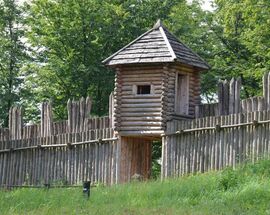
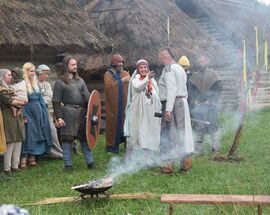
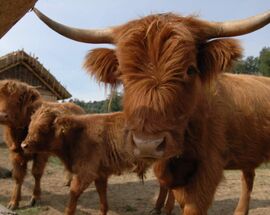

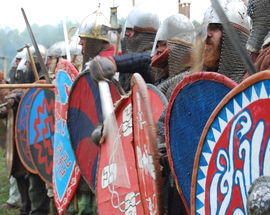
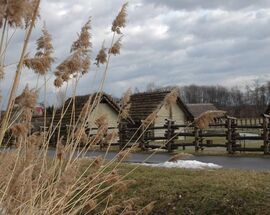
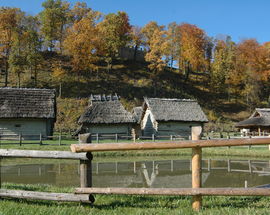
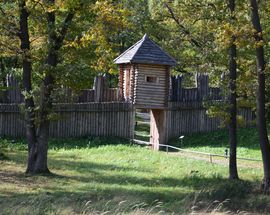
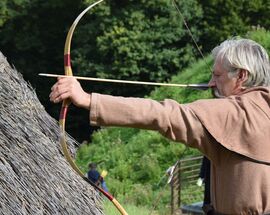
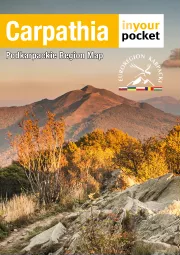
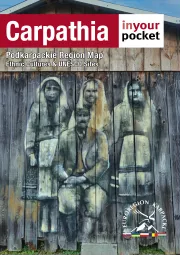
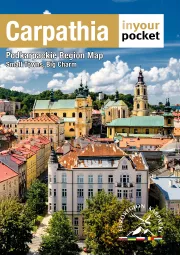
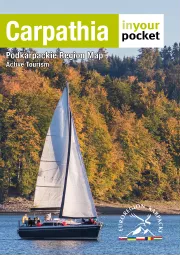
Comments